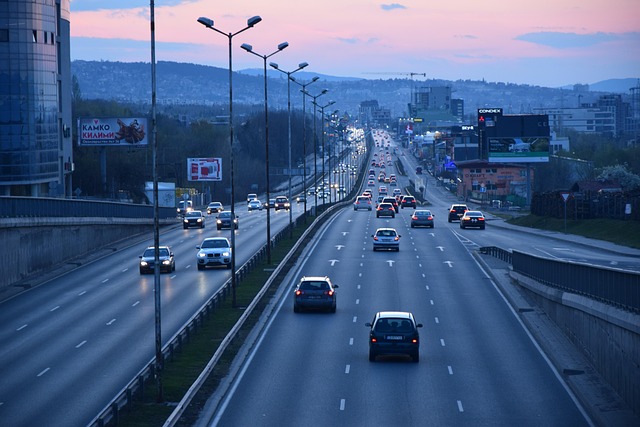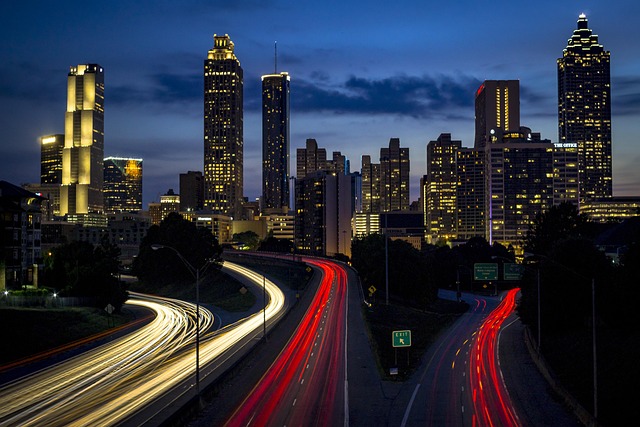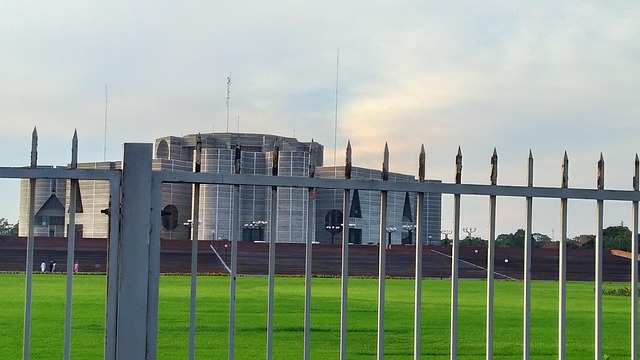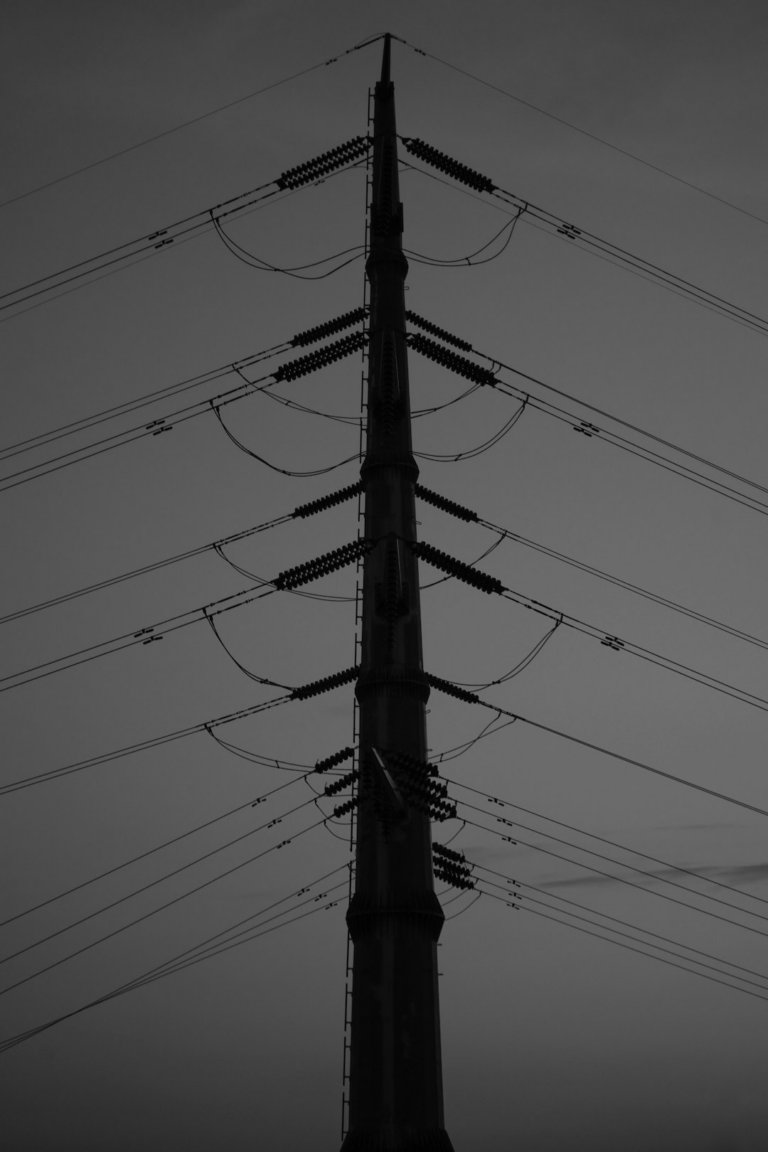
Karachi, Pakistan's economic backbone, leverages a dual-pronged transportation strategy through the Karachi Motorway and Super Highway. The motorway acts as a vital urban connector for efficient intra-city travel, while the super highway facilitates high-speed connections to neighboring regions. These infrastructure developments have transformed Karachi's mobility, reducing congestion, enhancing connectivity, and stimulating economic growth. As a result, the city witnesses modern urban transformations, underscoring the positive impact of strategic road initiatives on its overall landscape.
Karachi, Pakistan’s bustling metropolis, faces unique transportation challenges. This article delves into the heart of these issues by comparing two pivotal infrastructure projects: the Karachi Motorway and Super Highway. Understanding these networks is crucial for navigating Karachi’s urban mobility and development trajectory. We explore how these highways influence traffic flow, connectivity, and the city’s overall growth, providing insights into the future of Karachi’s transportation landscape.
- Understanding Karachi's Transportation Network
- Comparing Features: Motorway vs Super Highway
- The Impact on Urban Mobility and Development
Understanding Karachi's Transportation Network

Karachi, Pakistan’s economic powerhouse, boasts a complex transportation network that serves as the city’s lifeblood. At the heart of this network lie two prominent highways: the Karachi Motorway and the Super Highway. Understanding these thoroughfares is crucial to grasping the dynamics of urban mobility in Karachi.
The Karachi Motorway, a key arterial road, connects various parts of the metropolis, facilitating efficient travel within the city. Conversely, the Super Highway, known for its high-speed lanes, primarily acts as a regional connector, linking Karachi with neighboring cities and provinces. Both highways play distinct roles, contributing to the overall fluidity and complexity of Karachi’s transportation landscape in today’s digital era.
Comparing Features: Motorway vs Super Highway

In Karachi, the concept of transport infrastructure has evolved with the introduction of motorways and super highways, each boasting unique features. When comparing these two, one key aspect is speed and efficiency. Motorways, designed for high-speed travel, offer unrestricted access to heavy vehicles, making them ideal for goods transportation across the city. In contrast, super highways, while also optimized for speed, often incorporate more intricate design elements, prioritizing safety and convenience for both vehicular and pedestrian traffic.
Another distinction lies in their construction and maintenance. Super highways tend to have a more elaborate structure, featuring multiple lanes, elevated sections, and advanced safety measures. Conversely, motorways focus on simplicity and ease of travel, with fewer lanes but efficient slip roads for entry and exit. Karachi’s diverse geography also plays a role; super highways may traverse challenging terrain, requiring innovative engineering, whereas motorways typically adhere to more straightforward routes, ensuring swift connectivity across the bustling metropolis.
The Impact on Urban Mobility and Development

Karachi, as a bustling metropolis, has long grappled with urban mobility challenges. The introduction of the Karachi Motorway and Super Highway has brought about a significant transformation in how residents navigate the city. These thoroughfares have not only reduced traffic congestion but also enhanced connectivity between different areas, thereby improving accessibility. As a result, commuting times have been cut down, enabling folks to travel faster and more efficiently.
The impact on urban development is equally profound. With better road infrastructure, new opportunities for economic growth have emerged. Industries and businesses are locating closer to these highways, fostering an environment conducive to trade and commerce. Moreover, the improved mobility has attracted investments in residential and commercial real estate, leading to a vibrant landscape of modern buildings and developments. Karachi’s urban fabric is evolving, reflecting the positive changes brought about by these strategic road initiatives.
Karachi’s transportation network, a complex interplay of motorways and super highways, offers unique advantages for urban mobility and development. By comparing key features and understanding the city’s specific needs, we’ve highlighted the transformative potential of these infrastructure projects. The Karachi Motorway stands out for its efficiency in managing traffic flow, while the Super Highway promises enhanced connectivity and economic growth opportunities. Together, they paint a picture of a dynamic Karachi, where efficient transportation underpins a thriving urban landscape. In the ever-evolving world of karachi’s infrastructure, these innovations are sure to leave an indelible mark on the city’s future.






